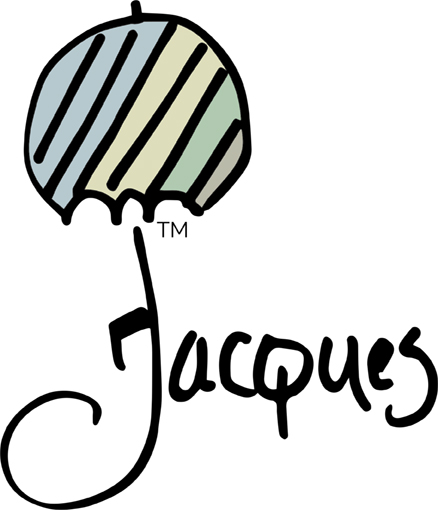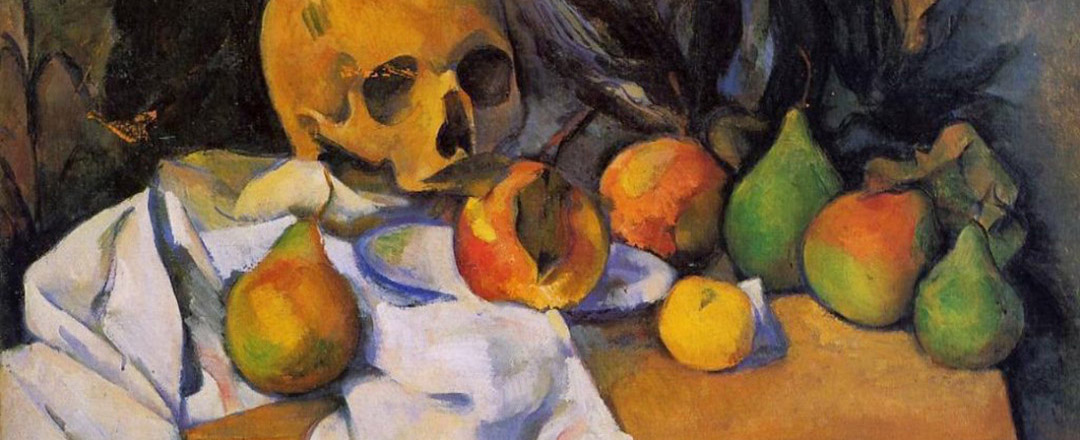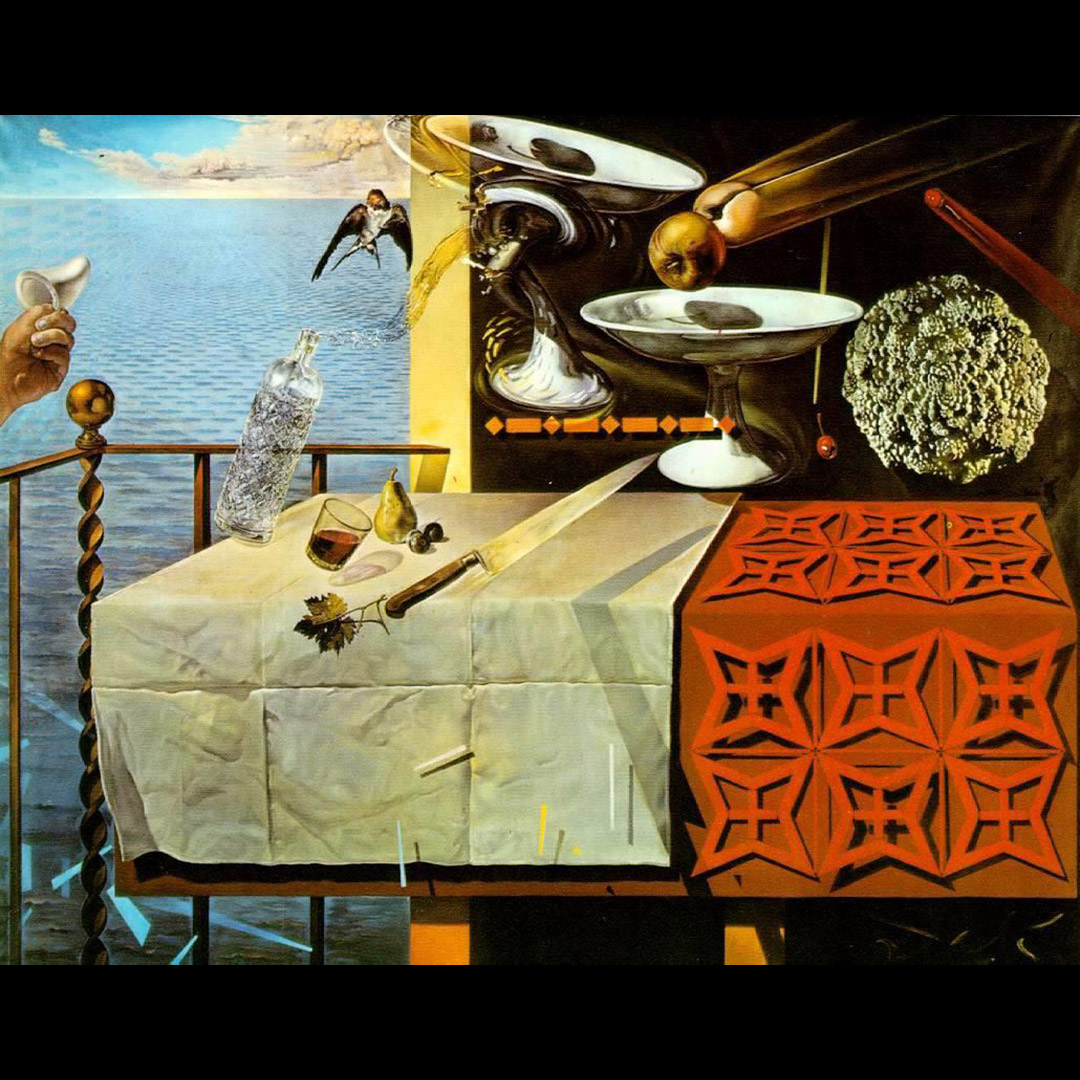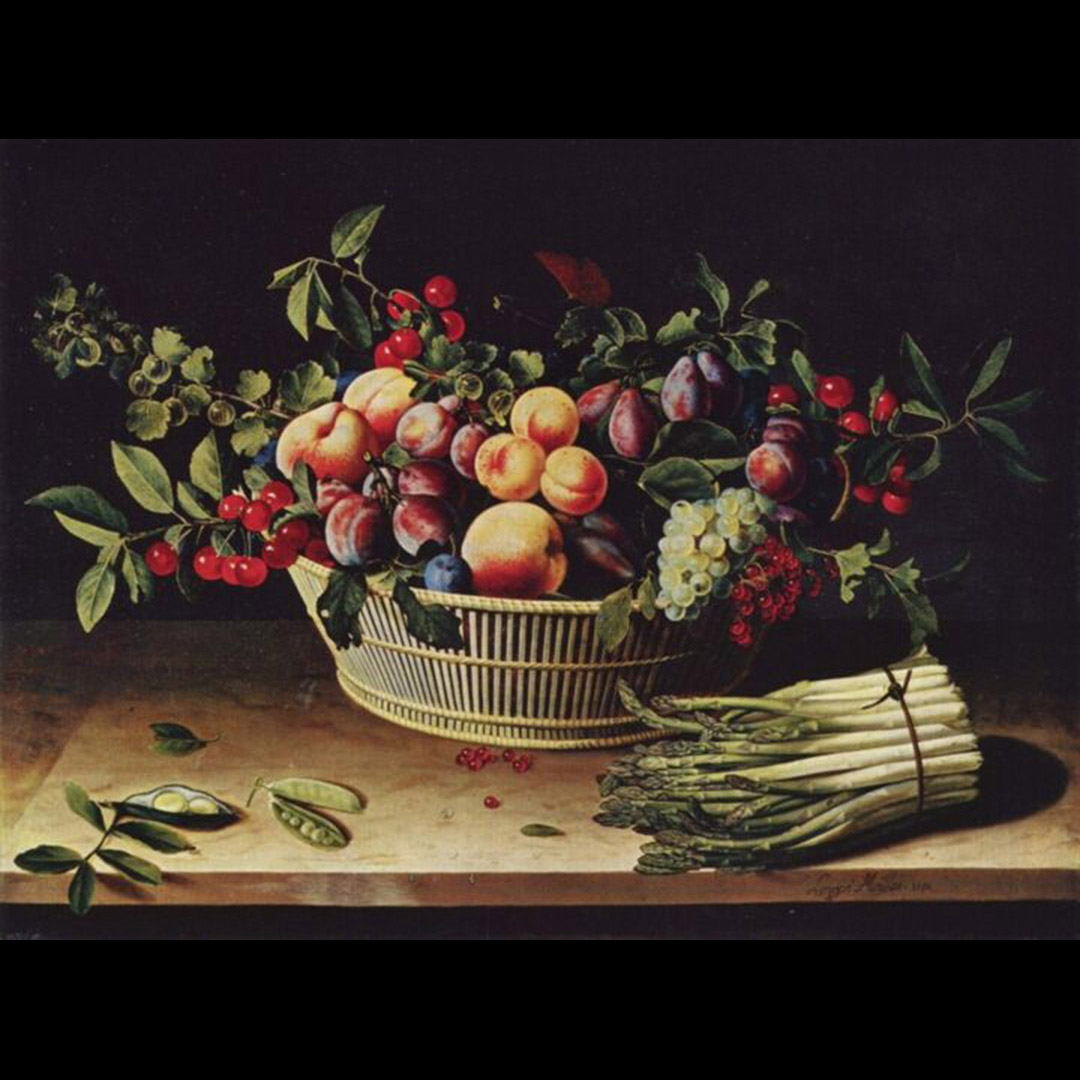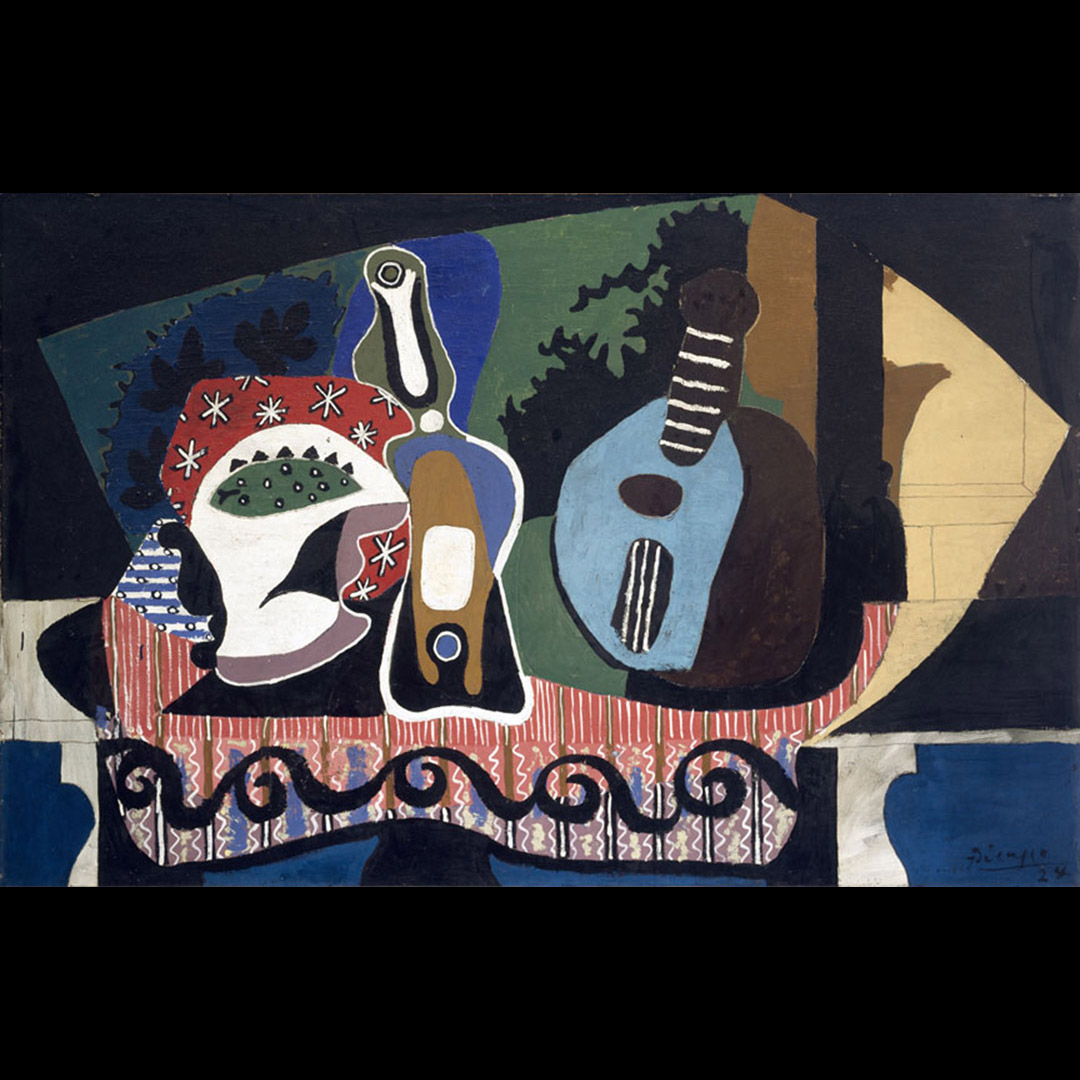“It was in the 1920s, when nobody had time to reflect, that I saw a still-life painting with a flower that was perfectly exquisite, but so small you really could not appreciate it.”
Georgia O’Keeffe
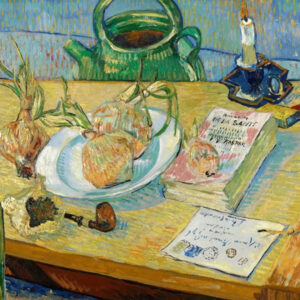 The Getty Center: “What Is a Still Life?” [*]
The Getty Center: “What Is a Still Life?” [*]
“A bowl of fruit, a banquet table festooned with game, a pile of books: though they may seem simple, everyday objects are still worthy of an artist’s brush or photographer’s lens. They can evoke a mood, demonstrate an artist’s skill, and remind you of life’s hidden and temporary beauty. A work of art that depicts collections of objects is called “still life.” Here are the qualities that define a still life, and reveal why artists return to the genre again and again.
What Is a Still Life? The term “still life” describes a work of art that shows inanimate objects from the natural or man-made world, such as fruit, flowers, dead game, and/or vessels like baskets or bowls. Looked at another way: still lifes depict things that are “still” and don’t move.
Still life is a genre that spans art history. It is found everywhere from ancient Egyptian tombs—decorated with paintings of objects from daily life—to works of modern art where it provided opportunities to experiment with new techniques, forms, and styles. The genre became particularly popular in the Netherlands during the 17th century when urbanization led to a greater emphasis on the home, personal possessions, and commerce.”
*Quotation above is taken directly from the website cited and is the property of that source. It is meant to inform the reader and to give credit where it is due.
 My Modern Met: “How Artists Have Kept Still Life Painting Alive Over Thousands of Years [*]
My Modern Met: “How Artists Have Kept Still Life Painting Alive Over Thousands of Years [*]
“Édouard Manet once called still life “the touchstone of painting.” Characterized by an interest in the insentient, this genre of art has been popular across movements, cultures, and periods, with major figures like Paul Cézanne and Pablo Picasso sharing the Impressionist artist‘s view.
What is a Still Life? A still life (also known by its French title, nature morte) painting is a piece that features an arrangement of inanimate objects as its subject. Usually, these items are set on a table and often include organic objects like fruit and flowers and household items like glassware and textiles.
The term “still life” is derived from the Dutch word stilleven, which gained prominence during the 16th century. While it was during this time that the still life gained recognition as a genre, its roots date back to ancient times.
Types of Still Lifes: Most still lifes can be placed into one of four categories: flowers, banquet or breakfast, animal(s), and symbolic. While most of these types are self-explanatory—flower pieces tend to focus on bouquets or vases of full blooms and a banquet work features an array of food items—symbolic still lifes can vary greatly.
In most cases, symbolic paintings use different objects to convey deeper meanings or narratives. This is best exemplified perhaps in vanitas painting: a genre of still life that focuses on the fleetingness of life.
History of Still Life Painting: The earliest known still life paintings were created by the Egyptians in the 15th century BCE. Funerary paintings of food—including crops, fish, and meat—have been discovered in ancient burial sites. The most famous ancient Egyptian still-life was discovered in the Tomb of Menna, a site whose walls were adorned with exceptionally detailed scenes of everyday life.
Ancient Greeks and Romans also created similar depictions of inanimate objects. While they mostly reserved still-life subject matter for mosaics, they also employed it for frescoes, like Still Life with Glass Bowl of Fruit and Vases, a 1st-century wall painting from Pompeii.”
*Quotation above is taken directly from the website cited and is the property of that source. It is meant to inform the reader and to give credit where it is due.
Here’s a gallery featuring still life paintings throughout art history:
